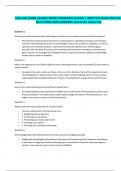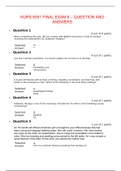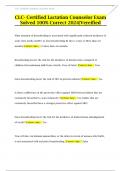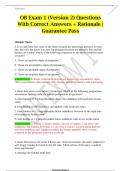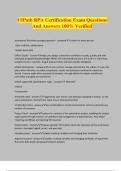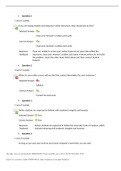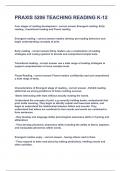Exam (elaborations)
FINA 200 (JMSB EXAMS) WORD PROBLEMS LESSON 1 WRITTEN EXAM PRACTICE QUESTIONS AND ANSWERS Concordia University
- Institution
- Concordia University ( )
FINA 200 (JMSB EXAMS) WORD PROBLEMS LESSON 1 WRITTEN EXAM PRACTICE QUESTIONS AND ANSWERS Concordia University
[Show more]
